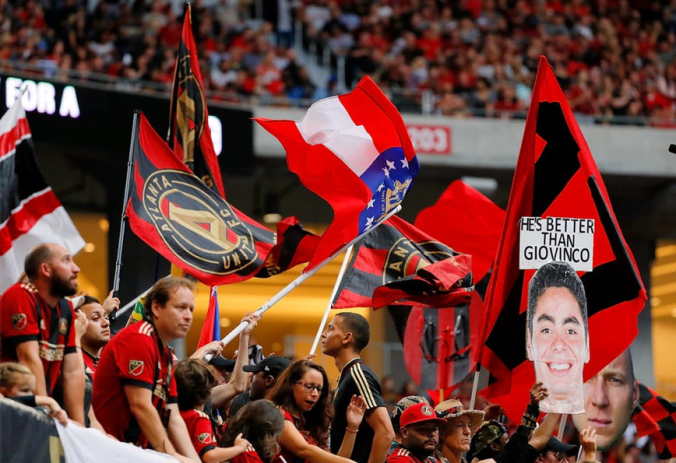Rules, risk or reputation?


If any confirmation was still necessary, the remarkable comeback of Barcelona to beat Paris Saint Germain 6-1 last Wednesday reaffirms the draw of live sport. Social media went into overdrive producing 6.1 million Twitter posts, the most of any club game in Europe this season. Not as many as the EURO 2016 final with 14.2 million or the 35.6 million tweets when Germany beat Brazil 7-1 in World Cup 2014. But, a lot for one match.
As risky as the Barcelona tactics were on the pitch, it seems that sport also reflects society off the pitch, or at least certain parts. Two days before this stunning match, BT Sport confirmed an exclusive three year £1.18 billion deal with UEFA until the end of the 2020-21 season that eliminates any terrestrial coverage of the Champions League in the UK. Reports suggest that current viewing of Champions League matches on BT Sport were as low as 200,000 with another 700,000 watching the highlights available on ITV, the terrestrial partner. By comparison, an FA Cup match on BBC One between Manchester United and Wigan attracted 5.3 viewers million last month. So, who is breaking the rules or taking the biggest commercial and reputation risk, BT Sport or UEFA?
Shifting to new and different platforms is one way to engage younger viewers who consume content via streaming to mobile and digital devices. The live functionality of social media reaches the younger audience such as Twitter with NFL Thursday Night Football and BT Sport with YouTube Live and the Champions League Final. Content owners and broadcasters are re-writing the rule book to retain market share and attract younger sport fans.
Brands are also following suit. Where the three R’s of ‘reach’, ‘relevancy’ and ‘reaction’ used to be guiding principles for marketers, Allison Miazga-Bedrick, North American Marketing Director for Chocolate Filled Bar Brands Portfolio – owners of Snickers – added a fourth: ‘risk’. This could be seen during the last Super Bowl Final between the New England Patriots and the Atlanta Falcons, where Snickers shot its commercial live during a break in the game.
Bending rules and taking risks is not new. Brands like Nike have been doing this for years. The question is whether the content and the entertainment factor resonates with the viewers and fans. Get it right and activities with more risk can drive engagement and loyalty amongst fans. But, that does not mean taking unnecessary risks. A recent report by the Reputation Institute produced the following Top 10 companies with the best reputation globally: Rolex, Lego, Walt Disney, Canon, Google, Bosch, Sony, Intel, Rolls Royce and Adidas. No doubt brands like Lego, Walt Disney, Google, Sony and Adidas have been exploring new ways of engagement but not in a reckless fashion. The partnership between Lego and Walt Disney produced Star Wars movies is just as innovative as Manchester United with Adidas, Pogba and Stormzy.
The greatest danger to brand reputation and fan engagement lays in the outdated sponsorship models and contracts designed in an era when there were fewer platforms and media networks. Rights holders like UEFA cannot depend upon one or two spectacular matches per season like Barcelona – PSG. Sponsors need the flexibility to engage with fans on equal terms and demonstrate their relevance to the conversation. If that means re-writing the rule books and taking more risk, it should be done but not at the expense of your reputation.